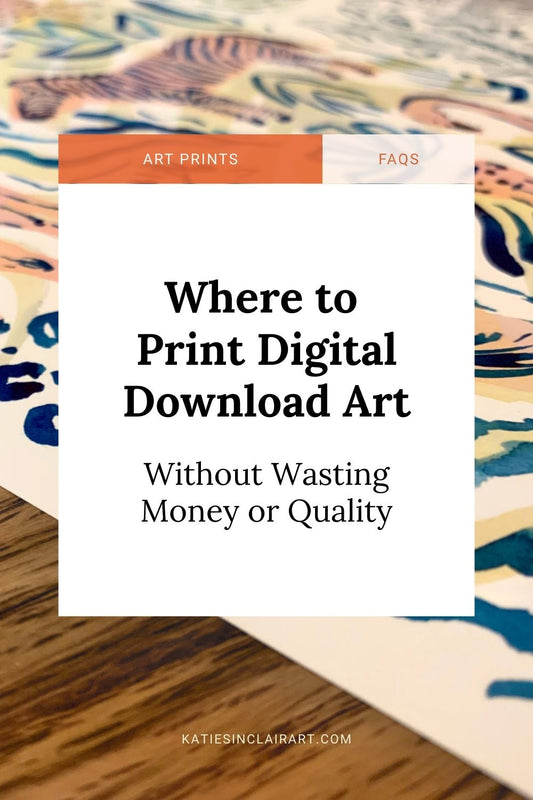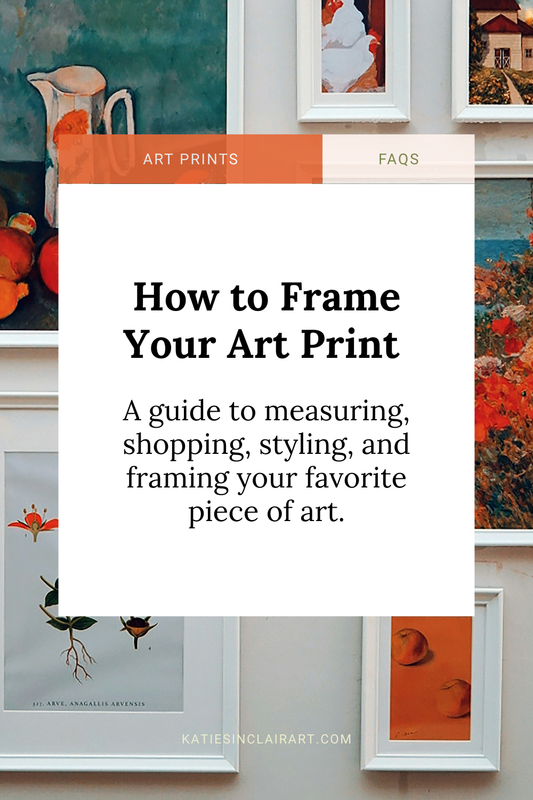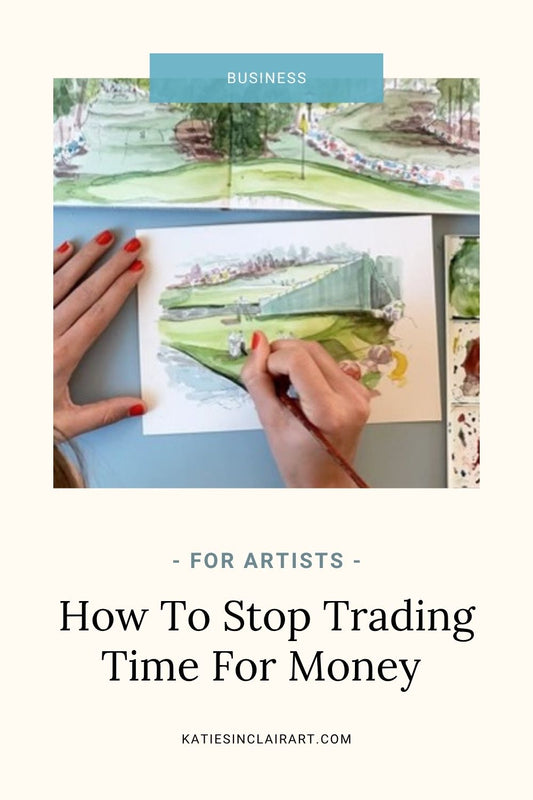Recipe Illustration 01 | Watercolor Supplies You’ll Need for Your Painting
Hey everyone! I’m Katie, and I’m so glad you’re here at the Culinary Canvas. In this post, I’m walking you through everything you’ll need to get started with your recipe watercolor drawing—a fun and approachable watercolor project to blend your love of art and food.
Whether you're brand new to painting or just looking for a little creative joy, this is a great place to start. Let’s dive into the supplies you’ll want to have on hand before hitting play on the next video.
🌈 Your Watercolor Set
I’ll be using a simple, versatile watercolor palette pulled from the Winsor & Newton Cotman Sketchers Pocket Box. It includes 12 colors—two yellows, two reds, two blues, two greens, plus a few browns and a white.
This compact set is great for beginners and perfect for small projects like recipe doodles. I’ll show you how to mix colors in the next video, so don’t worry if you’re new to watercolor.
✍️ 2 Sheets of Watercolor Paper
If you have a large sheet of watercolor paper, you can tear it or cut it in half.
My favorite affordable brand is Canson XL Watercolor Paper. For a higher-end paper, I love Arches and Stonehenge.
-
One for your final artwork – something like cold press watercolor paper is great.
-
One for testing – this will be your practice sheet where we’ll do a quick warm-up and test our colors. Scrap paper works just fine here!
🖊 Waterproof Pen
For outlining your drawing, I recommend a Micron pen which uses waterproof ink. I’ll be using a size 03, but anything with waterproof ink will work.
🖌 Your Brush
I’ll be painting with a Da Vinci Nova size 5 round brush. Use what you have on hand—just make sure it’s suitable for watercolor.
✏️ Optional Tools
A pencil and eraser can come in handy for sketching out your recipe before inking. A regular mechanical pencil with an eraser is totally fine. That said, this exercise is very forgiving—you don’t need to pencil it out unless you want to!
💧 The Essentials
-
Cup of water for rinsing your brush
-
Paper towel for blotting
-
Mixing surface – I’ll be mixing colors in the lid of my palette. If your palette doesn’t have a lid, a ceramic dinner plate works just as well. Avoid paper plates—they don’t hold water well.
That’s everything you’ll need to get started! Once you’ve gathered your materials, head over to the next video, where we’ll jump into creating a color swatch of your watercolor palette.
Happy painting,
Katie
Head on over to Lesson 02 where we will create a swatch sheet together!







